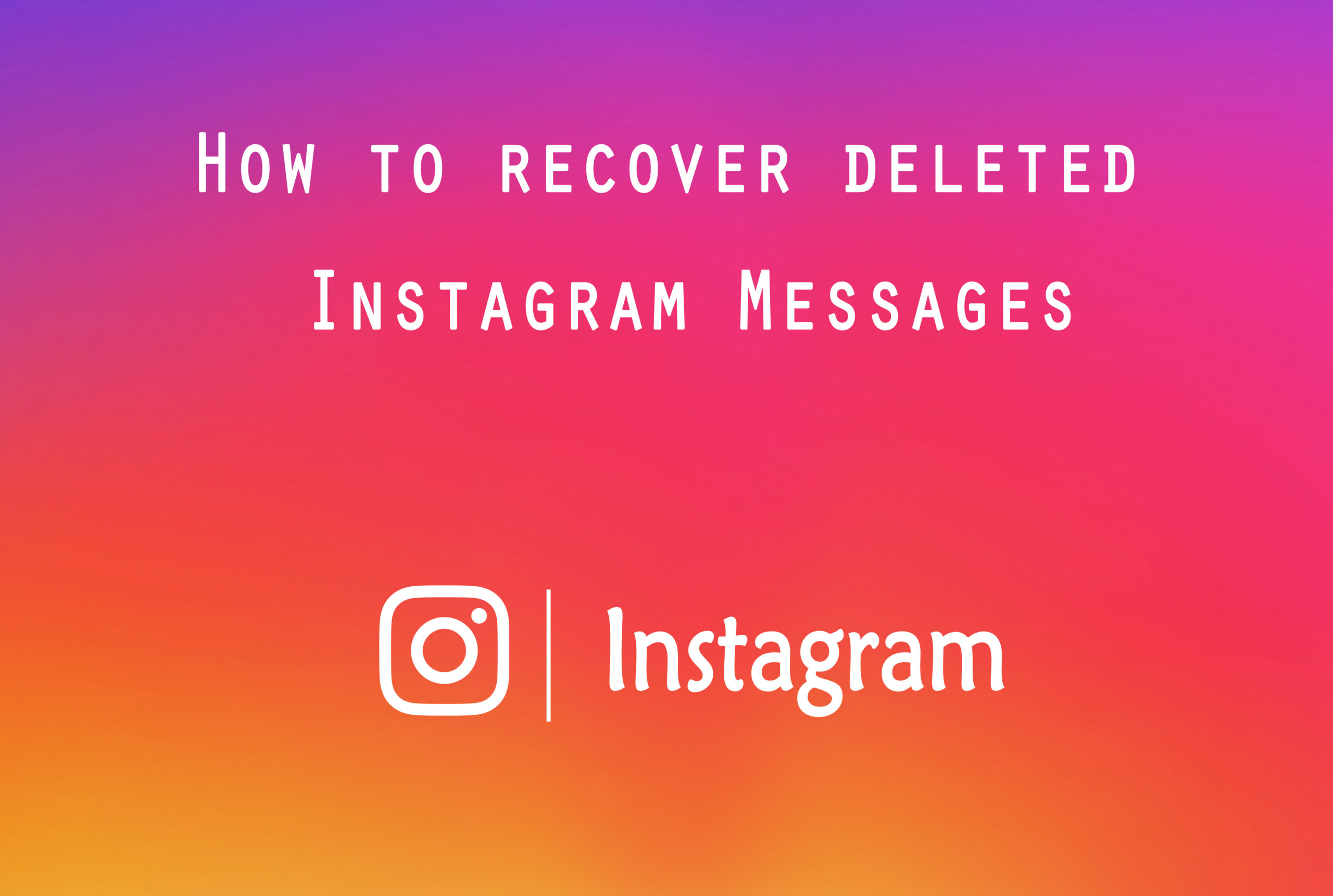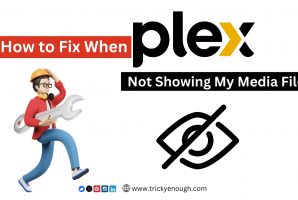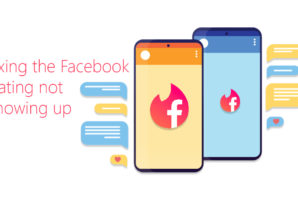Brand awareness and exposure are extremely important for your business. Whether you’re just getting started or you’ve already gained certain credibility, working on developing your brand must never stop. This is why you should always look for new ways to promote your brand, reach your audience, and thus increase your sales. And, writing high-quality press releases is one of the strategies you should employ.
The first press release in history was issued over a century ago, and brands and businesses haven’t stopped using it ever since. Why? Because it’s a powerful marketing tool that can skyrocket your publicity, help you build credibility and trust with your target audience, and help you grow your brand stronger.
If you’re not sure how to write a press release, but want to learn — just keep reading! Here’s everything there is to know about properly writing a press release.
What is a Press Release?
A press release is an informational message for the press, that a canned brand uses to achieve numerous marketing and publicity goals. A press release contains news, an official position on a certain issue, a response to a certain news item, an announcement of an event, etc. It is an official company’s statement, composed in journalistic style.
There are several types of press releases:
– Announcements (they tell us about an upcoming event).
– News (they share information about past events).
– Informational (they talk about an event that has not yet ended).
You need to clearly understand that publication in media is first and foremost a piece of news, so it must meet these criteria:
– novelty;
– relevance;
– informativity.
Preparing a release requires creativity. You should think about the story as a reader, decide what will grab attention, and generate further interest. Any content you create should be engaging and unique. Gregory Chapman, a content manager at the best dissertation writing services, says: “Good press releases should be brief, accurate, and contain only essential details. If you’re not confident in your writing skills, you can use writing tools to help with your content.”
If you’re wondering how to write a press release to be published in target media, the information reflected in it must be interesting and up-to-date. Also, do not forget about the golden rule: there should only be one piece of news in your publication. Talking about everything at once is not worth it, as it will confuse, distract the addressee and, as a result, negatively affect their general impression.
For starters, you can look up a decent press release example here. Now, let’s dive into the press release purpose and basic writing rules.
Why do Brands Need a Press Release?
You may feel like a press release can’t do much to help your brand rise above the competitors or reach its target audience. But, we need to beg to differ. Here’s what you can do with a professionally written press release:
– Communicate news to a wide audience and increase brand awareness.
The story told by the media inspires interest and trust among a wide audience. Publications in the press help gain more attention, generate public outcry, and increase brand awareness.
– Build sustainable and successful media relationships.
Journalists are looking for news and “juicy” stories. Therefore, the distribution of press releases is a mutually beneficial business. By helping the press find worthy news stories, you will be able to build successful cooperation with media partners.
– Control the perception of your brand and product.
A publication in the media is not only a story about your brand, but also an opportunity to shape its image and control public perception of your brand. Sending a press release is a way to protect your product, event, or position from any misinterpretation.
– Attract customers, increase sales.
A new collection of clothes, a unique promotion from an airline, or the launch of an educational project all need advertising, while brands must attract customers. Publications in the media help not only deliver information but meet these challenges as well.
Speaking of increased sales, did you know that the right LinkedIn and Facebook marketing can make a real difference?
Press Release Structure
Let’s discuss the proper press release format. The standard structure includes:
Headline
A headline is a short, attention-grabbing sentence that summarizes news’ meaning. Journalists receive many materials every day, so it’s worth making a headline pop so that it grabs the audience’s attention.
Subheadline
Subheadline is an additional text that somewhat explains the topic and develops it.
Lead paragraph
This paragraph must contain all the crucial information, including who/what it’s about, as well as where, when, why, and how described the event happened.
Body paragraphs
A few more paragraphs can be written, elaborating on the topic. It is best to stick with the essence, avoid unnecessary phrases or an overly enthusiastic promotional tone. Mention secondary information here: statistics, reference data, photos, videos, etc.
Quote
The press release format requires a commentary or an expert opinion to be included in your text – it can make any material more vivid and lively. Quotes provide an opportunity to highlight the newsmaker, draw attention to the news.
Here you should post concise and clear information describing your company. This can include its history and main achievements, as well as elements of identity.
Visuals and links
One of the key answers to the “how to write a press release” question is to make it visually appealing. Enhance your releases with multimedia. This can be a photo report from an event or its poster, pictures of a product, infographics, banners, promotional photos, etc. It is proven that publications in media that include images are considerably more effective. Journalists agree that you should always add visuals to your publications.
Final note
At the end of your publication, you should provide contact information: name, phone number, email of a competent person who can answer questions. Curiously, statistics show that only 56% of publications have the company’s email, and only a third of said releases featured valid information. In case you might be wondering, you can also feature your social networks.
15 Tips for Writing an Effective Press Release
Press releases are tricky. And the good news? With some help, you can manage them. Here are the 15 ultimate tips for writing powerful, effective, and high-quality press releases for your brand.
- Single Goal
To make your press release focused and effective, you should only deliver one piece of news per release. This will make your statement clear and the audience will find it easier to understand and remember.
- Keep It Short
A release should be short and informative. Try to fit all text on one page and only provide relative, interesting, and meaningful information.
- Simple Language
Write your press release so everyone can understand it. Use everyday vocabulary and simplify your sentence structure. Do not complicate the text with long sentences, ornate phrases, or abbreviations.
- Provide Data
Make your press release facts-based instead of subjective. Avoid value judgments – use data and figures instead.
- Rely on Facts
Every argument you make in your press release needs to be supported by facts.
- Zero Editing
Turn in a press release that is publish-ready. Make sure the journalists have no editing work to do by making it information and detail-packed.
- Think Like the Reader
Put yourself in the reader’s shoes to have a better understanding of what to include in your press release.
- Add Examples
Your press release needs to be relatable, meaningful, and believable. Use examples and provide explanations to support your message.
- Provide Value
If your press release isn’t valuable to the audience, they won’t care much about it. So, prove to the reader how important and useful your information is to them.
- Build Arguments
Your arguments must be convincing. Learn how to build arguments and justify your claims successfully.
- Company Info
Include information about your company – its name, address, what it does, what goods and services it provides.
- Obtain Permissions
Before including any other company’s name or information in your press release, obtain written permission from their manager first.
- No Exclamations
Avoid using too many exclamation marks, don’t use several at once.
- Watch Your Readability
Do not use professional jargon in your press release, for better readability and SEO. Avoid technical vocabulary and try to include keywords that are natural and part of everyday language.
- Watch Your Timing
When distributing a press release, make sure to note the best time to share them. It is proven that your release will be launched more effectively if you do it from 10 am to 2 pm on a Thursday.
Conclusion
Although many companies outsource writing press releases, you don’t need to be a professional to compose a good press release. Any person, who has sufficient literacy, understands the structure and nuances of such a publication, can write a satisfactory press release.
Guess what – you can too! Regardless of what area you work in – SMM, content marketing, management, entrepreneurship, you just need to master the basics and get some practice in, and you will be writing killer press releases in no time!
Frequently Asked Questions
1. How long should my press release be?
A good press release should count about 300-400 words, or at least not take up more than one side of an A4 sheet.
2. Who is the target audience of a press release?
As the name itself suggests, the main audience of a press release is the press and media. However, it is common to also target those people who may be interested in the presented topic.
3. How to make a press release more effective?
Here’s the deal when you write a press release: for it to be effective, you need to ask yourself what is the purpose of your press release.
Maybe it’s to:
● Present a new product to the target audience;
● indicate leadership on the market;
● building up personal recognition;
● increase brand confidence;
● find an investor, etc.
You should establish this before writing your press release for maximum efficiency. Depending on the answer, you will need to edit the text, integrating the audience’s interests into your text.
4. What are common mistakes when writing press releases?
● Boring headline.
● A press release is too long.
● The text is too commercial.
● The topic is unresolved.
● Over or under usage of quotes.
● Spelling and punctuation errors.
5. How do I distribute my press release?
By now, you should know how to write a press release, but how do you launch it? There are many ways to effectively launch your press release. You can share it on social media, send it to various influencers, reach out to journalists and news outlets, or research press release distribution services.
Suggested:
Why Do Businesses Use Press Releases To Gain More Leads?
Like this:
Like Loading...













 Best Emoji Apps for android
Best Emoji Apps for android
Hey, Thank You for this informative and amazing article. Keep sharing on such topics!